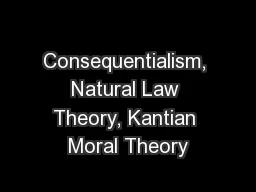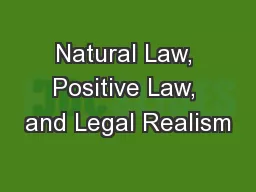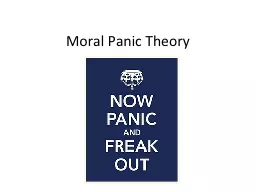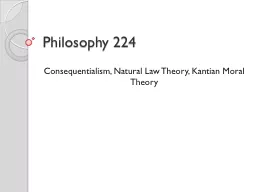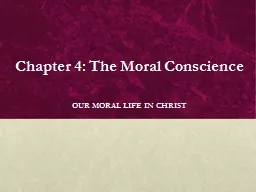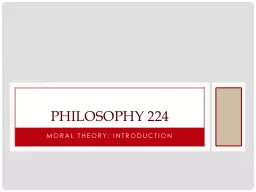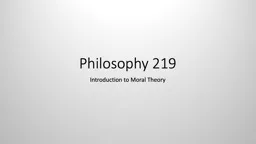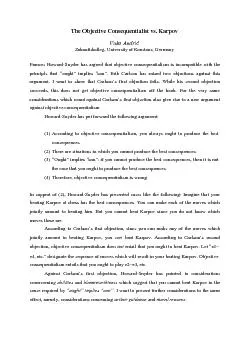PPT-Consequentialism, Natural Law Theory, Kantian Moral Theory
Author : min-jolicoeur | Published Date : 2016-06-15
Philosophy 224 Consequentialism The Basics Consequentialism is the name given to a family of more specific normative ethical position all of which share the conviction
Presentation Embed Code
Download Presentation
Download Presentation The PPT/PDF document "Consequentialism, Natural Law Theory, Ka..." is the property of its rightful owner. Permission is granted to download and print the materials on this website for personal, non-commercial use only, and to display it on your personal computer provided you do not modify the materials and that you retain all copyright notices contained in the materials. By downloading content from our website, you accept the terms of this agreement.
Consequentialism, Natural Law Theory, Kantian Moral Theory: Transcript
Download Rules Of Document
"Consequentialism, Natural Law Theory, Kantian Moral Theory"The content belongs to its owner. You may download and print it for personal use, without modification, and keep all copyright notices. By downloading, you agree to these terms.
Related Documents

